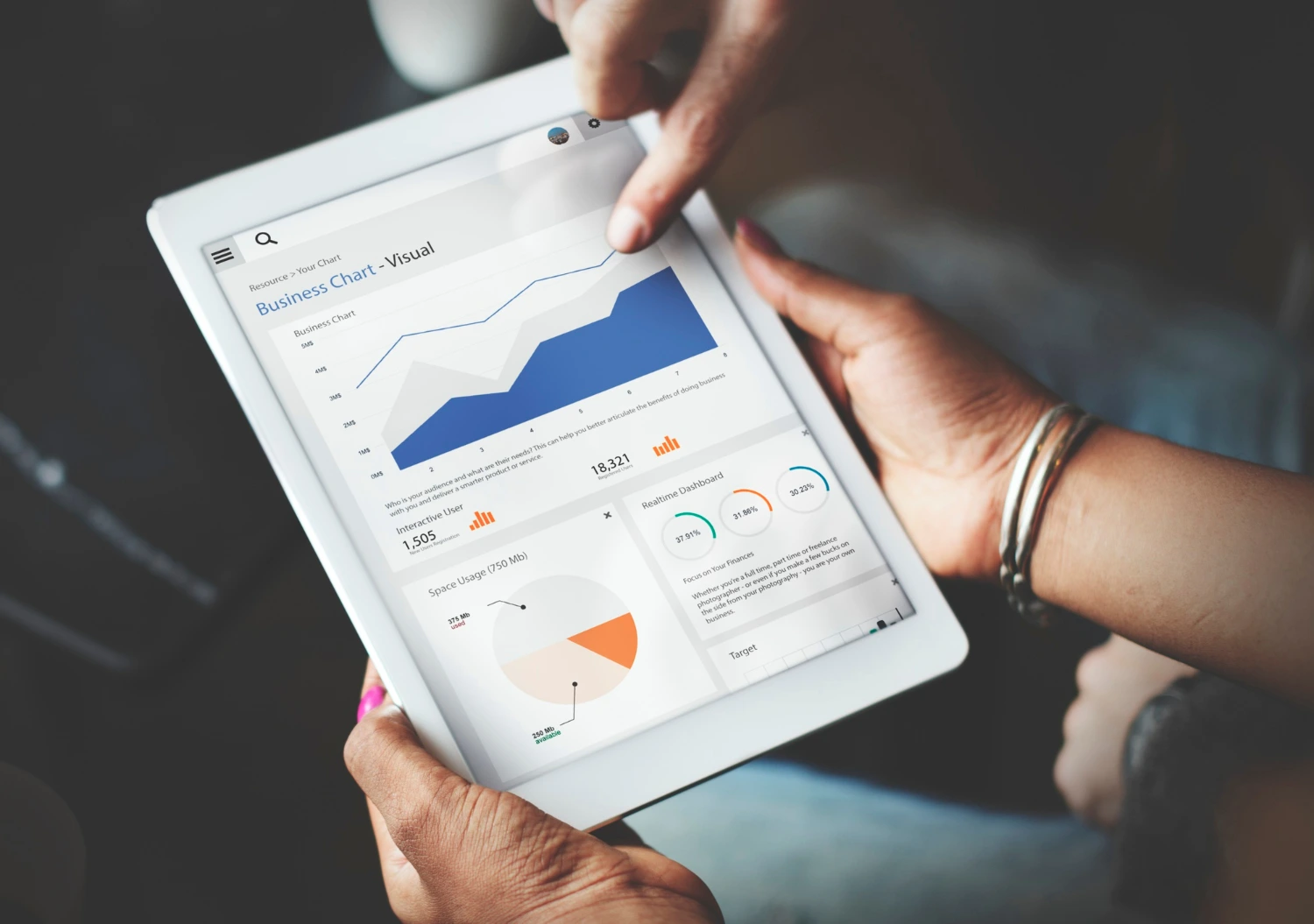Transforming Data into Insights: A Case Study in Dashboard Consulting and Visualization

Lightray Solutioms data visualization services
In today's data-driven world, organizations significantly count on informative visualizations to make informed decisions. This case study checks out the journey of Corporation, a mid-sized manufacturing business that leveraged control panel consulting to improve data visualization, streamline operations, and improve decision-making procedures.
Background
Corporation, founded in 2005, specializes in producing premium automobile parts. Despite experiencing development, the business faced challenges related to data management and analysis. Departments operated in silos, using diverse systems that led to inconsistent data and extended report generation times. Leadership recognized the need for a thorough service that could combine information and provide actionable insights.
Identifying the Problem
The business's data landscape consisted of several tradition systems: a sales CRM, production tracking software, and a stock management tool. Each department gathered data relevant to its function, but without combination, the data was fragmented. Sales teams relied on weekly reports that took days to put together, while production supervisors had limited visibility into stock levels, producing ineffectiveness and resource allotment concerns.
Management comprehended that to remain competitive, it was important to create a centralized data service that would enable cross-functional insights and faster decision-making. The primary step was engaging a dashboard consulting company, DataVisor, focusing on data visualization and business intelligence services.
Engagement with DataVisor
DataVisor started with a thorough evaluation of Corporation's existing data infrastructure, interviewing crucial stakeholders from sales, production, and stock management. They determined a number of discomfort points:
- Data Silos: Each department had its systems, triggering inconsistencies in data formats and accessibility.
- Limited Visual Insight: Reports were mostly text-based, doing not have visual representation that might highlight anomalies and trends.
- Inefficient Reporting Processes: The time required to produce reports prevented prompt decision-making.
Based upon this evaluation, DataVisor proposed a dynamic control panel option utilizing Tableau, a leading business intelligence tool. The goal was to integrate the numerous data sources into a single, interactive dashboard that supplied real-time insights.
Implementation Process
The application phase was broken down into 4 essential stages:
- Data Combination: DataVisor worked carefully with XYZ's IT group to integrate data from the CRM, production, and stock management systems into Tableau. They made use of APIs and data warehousing to develop a central repository, making sure that users accessed precise and constant data.
- Dashboard Design: In partnership with key stakeholders, DataVisor created wireframes for the dashboard. They focused on user experience, guaranteeing that the user interface was actionable and user-friendly. Stakeholders offered valuable feedback on the visual elements, leading to a control panel that showed vital KPIs, such as sales patterns, production rates, and inventory levels, all in one view.
- Training and Adoption: For the new control panel to be reliable, users required to be trained. DataVisor performed workshops to educate staff members on how to navigate and utilize the dashboard. Emphasis was put on translating data visualizations and making data-driven decisions.
- Continuous Improvement: After the initial launch, DataVisor maintained a continuous relationship with Corporation. They scheduled routine check-ins to collect user feedback and determine areas for additional improvement. This iterative method guaranteed that the control panel progressed to satisfy the business's changing needs.
ResultsThe outcomes of the dashboard consulting project were transformative:
- Time Savings: Reporting time reduced from numerous days to minutes. The sales team might access real-time data, enabling them to respond quickly to market changes and customer queries.
- Enhanced Decision-Making: With an extensive view of sales, production, and inventory, management might make educated choices based on real-time insights, substantially enhancing operational efficiency.
- Increased Partnership: The incorporated control panel helped with better partnership in between departments. Teams had the ability to line up and share insights on objectives, cultivating a culture of data-driven decision-making.
- Performance Monitoring: The control panel empowered managers to keep track of KPIs continuously. They might determine trends, set standards, and proactively address concerns before they intensified.
ConclusionThe case of Corporation highlights the essential function of control panel consulting and efficient data visualization in transforming organizational procedures. By partnering with DataVisor, the business not only combined its data but also developed an environment where informed choices could thrive. As organizations continue to grapple with data complexities, the lessons from this case study highlight the value of strategic control panel implementations in unlocking data's full capacity. Corporation is now well-positioned for future development, geared up with the insights needed to browse an ever-evolving market landscape.